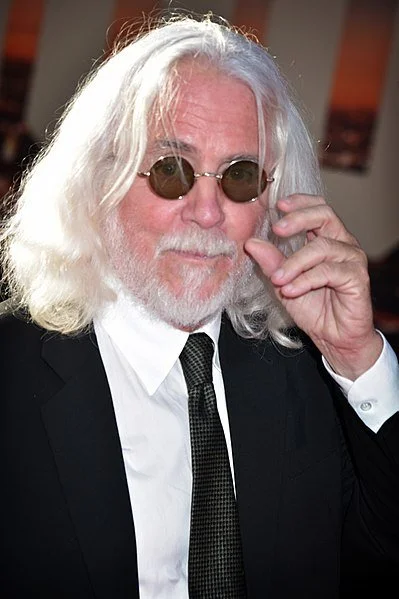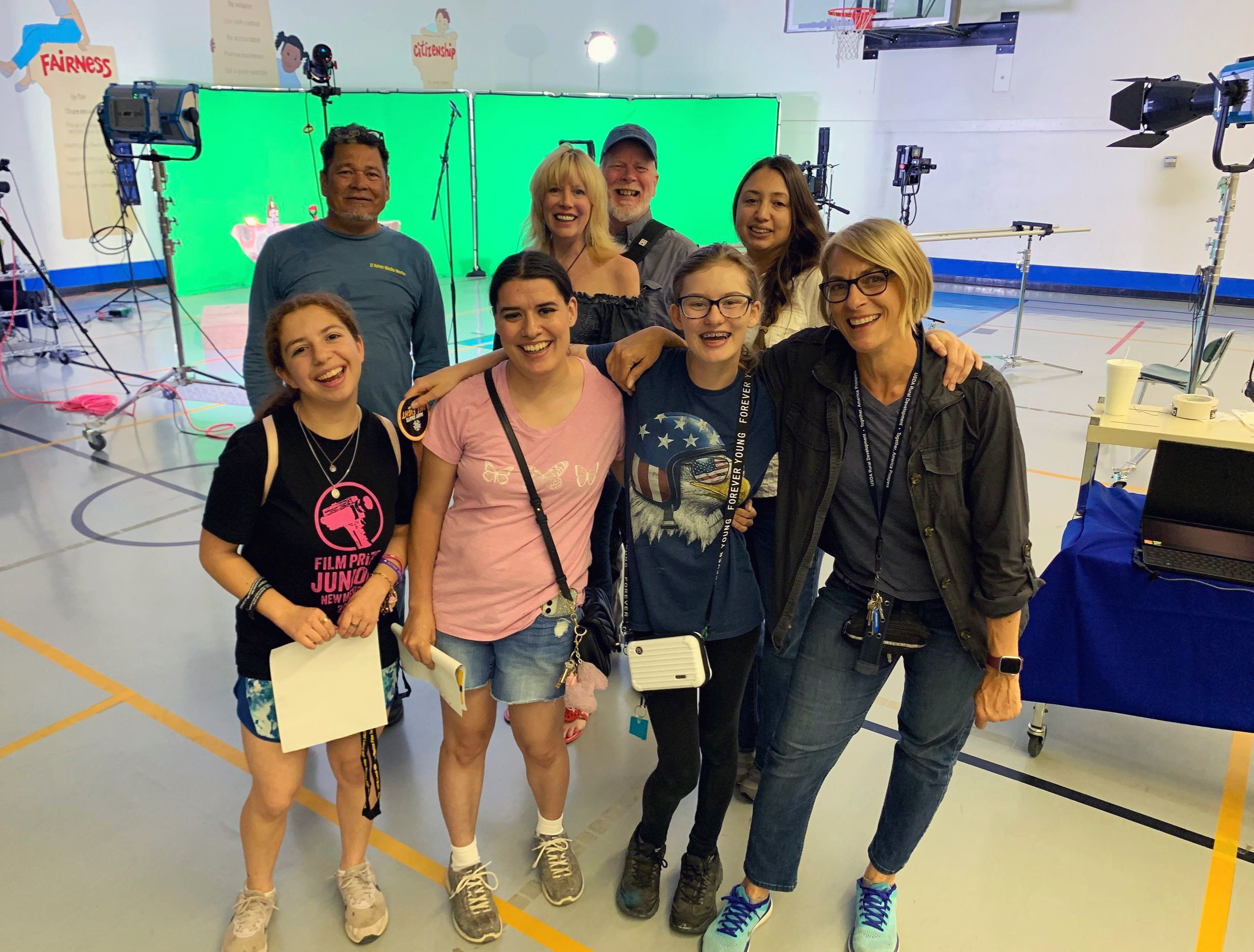What is a Grip in Filmmaking?
By ERMW Team
Thurs June 20, 2024
A grip is an indispensable member of a film crew, specializing in the setup, adjustment, and maintenance of equipment on set. They are the unsung heroes who ensure cameras, lighting, and other gear are securely positioned to capture the director's vision.
Key Responsibilities of a Grip:
Lighting Expertise: Grips work closely with the lighting department to set up, focus, and modify lights to achieve the desired mood and atmosphere.
Camera Support: They are skilled at building and adjusting camera rigs, dollies, cranes, and other specialized equipment for smooth camera movements.
Set Safety: Grips are responsible for rigging and securing equipment to ensure the safety of the cast and crew.
Problem Solvers: They often need to think on their feet and devise creative solutions to technical challenges that arise during filming.
Collaboration: Grips collaborate with the director of photography, camera operators, and other departments to execute the desired visual effects.
Additional Tasks a Grip May Handle:
Managing power distribution
Constructing and dismantling sets
Assisting with special effects
Operating camera cranes and jibs
Maintaining equipment inventories
Why Starting as a Grip Can Be a Great Career Move
Hands-On Experience: Gain practical skills and knowledge through direct involvement in the filmmaking process.
Networking Opportunities: Build relationships with industry professionals that can open doors to future jobs.
Understanding the Craft: Develop a deep understanding of how films are made from a technical perspective.
From Grip to Stardom: Celebrities Who Started Behind the Scenes
Many renowned figures in Hollywood began their careers as grips, gaining valuable experience and connections:
Wally Pfister: An Academy Award-winning cinematographer, Pfister began his career as a grip and worked his way up through the camera department. He is best known for his collaborations with director Christopher Nolan on films like "Inception" and "The Dark Knight" trilogy.
Michael Goi: A director and cinematographer known for his work on "American Horror Story" and "Glee," Goi started as a grip and electric before moving into cinematography.
George Dibie: A prominent gaffer and lighting technician, Dibie also started out as a grip before moving into lighting. He has worked on numerous films and television shows, including "Twin Peaks" and "Star Trek: Deep Space Nine."
Conrad L. Hall: A legendary cinematographer known for his work on films like "American Beauty" and "Road to Perdition," Hall reportedly worked as a grip early in his career.
Bill Pope: A renowned cinematographer who has worked on films like "The Matrix" trilogy and "Spider-Man 2," Pope reportedly worked as a grip early in his career.
Newton Thomas Sigel: An accomplished cinematographer known for his work on "X-Men" films and "Drive," Sigel also has experience as a grip.
John Schwartzman: A cinematographer who has worked on films like "Seabiscuit" and "The Amazing Spider-Man," Schwartzman began his career as a grip.
Robert Richardson: An Academy Award-winning cinematographer known for his collaborations with Quentin Tarantino and Martin Scorsese, Richardson worked as a camera assistant and grip early in his career.
How to Become a Grip
There isn't a single set path to becoming a grip, but here are common steps you can take:
Gain Experience: Start by volunteering on student films or low-budget productions. This will help you learn the basics and build a portfolio.
Network: Connect with people in the industry. Attend film festivals, workshops, and industry events to meet potential employers.
Join a Union: Consider joining a grip union like IATSE. This can provide access to job opportunities, training programs, and better wages.
Physical Fitness: Grips need to be physically fit to handle heavy equipment and long hours on set.
Technical Skills: Learn about rigging, lighting, and camera equipment. Take courses or workshops to build your technical skills.
If you're passionate about film, enjoy working in a dynamic, collaborative environment, and have a knack for technical problem-solving, a career as a grip could be the perfect starting point for your journey in the film industry. If you’d like to learn more, you can read more articles on our website about various Production Roles for inspiration on your film career journey path!










